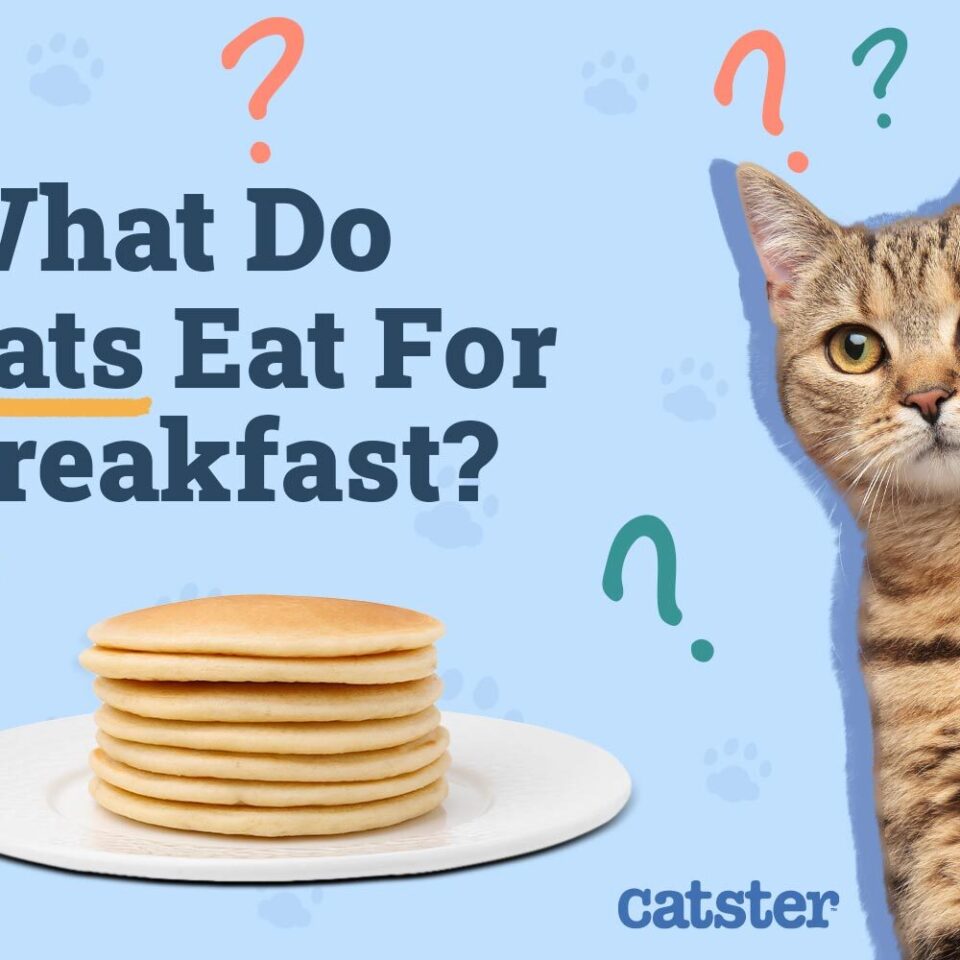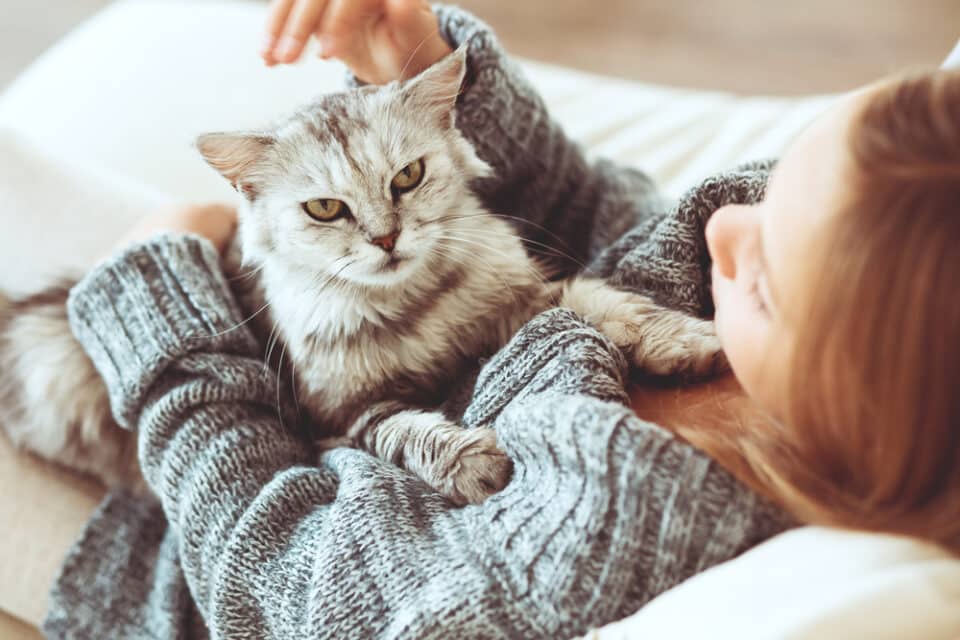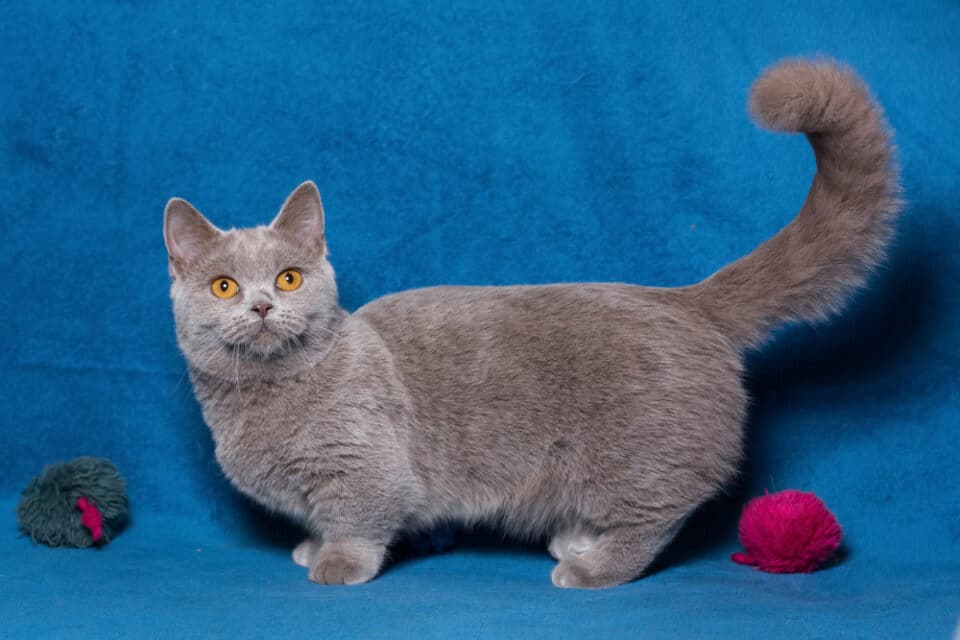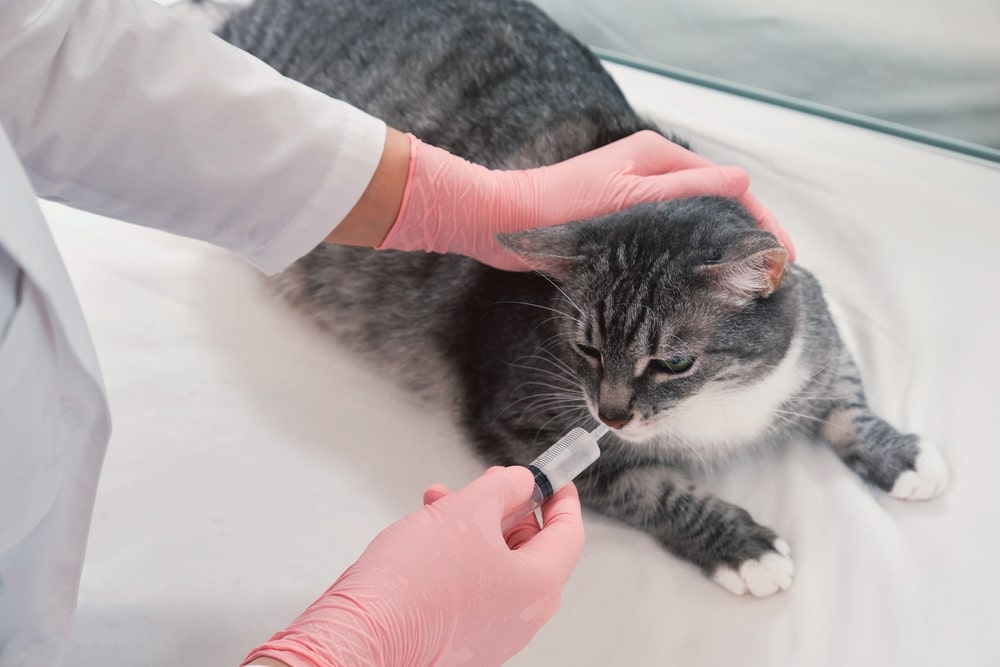Curious about what to serve your cat for breakfast? Let’s explore a few options!
- Cats usually eat the same food for breakfast as they do for other meals.
- While their regular food is best, mixing in wet food can hydrate and manage weight.
- Certain human foods, like plain eggs or veggies, can be occasional treats.
- Feeding schedules help maintain health, it’s best to not let them fast for too long.
Most cats don’t differentiate between breakfast and any other meal; they eat the same kibble throughout the day. However, if you’re looking to shake things up during breakfast, consider integrating wet food into your cat’s routine. Wet food is typically more hydrating than dry kibble as it contains over 70% water. This change can also help manage weight, as wet food tends to have lower fat and calorie content compared to dry options.
Although it’s tempting to share breakfast favorites with cats, not all human foods are suitable. Plain cooked eggs are safe as long as they’re unseasoned and fully cooked, which helps prevent diseases like Salmonella. Remember, eggs shouldn’t be a regular part of their diet due to their imbalance, but they can serve as a delightful treat now and then.
Cats are obligate carnivores, requiring a diet primarily composed of meat. But, a small number of plain cooked vegetables can offer nutritional benefits. Ensure these veggies are free from oils and seasonings and cut into tiny pieces to avoid choking. Not all cats will take them, though, so don’t worry if your cat sniffs and walks away.
Plain cooked poultry is a feline favorite. Offering small pieces of chicken or turkey, prepared without oils or salt, can add variety to their diet. However, this should not replace their regular food—think of it as a special treat.
Fish, like tuna or salmon, is another treat option for cats. Canned varieties should be packed in water with no salt or added ingredients. Fresh fish is also acceptable if baked, boiled, or grilled without seasonings. Always ensure the fish is free of bones, which pose a choking risk.
Fruits might draw your feline’s curiosity. Safe options include pumpkin, watermelon, strawberries, blueberries, and bananas. Only a few small, bite-sized pieces are advisable due to the high sugar content. Note that if your cat has diabetes, fruit should be omitted from their diet.
Setting a consistent feeding routine caters to your cat’s inherent habits. Ideally, feed them at least twice a day, ensuring no more than 12 hours between meals to prevent stomach acidity issues. Frequent smaller meals can be beneficial, and a puzzle feeder might assist with diet and provide some exercise.
Cats may not grasp our concept of breakfast, but providing a nutritious, consistent diet and occasional treats can keep them purring happily.










